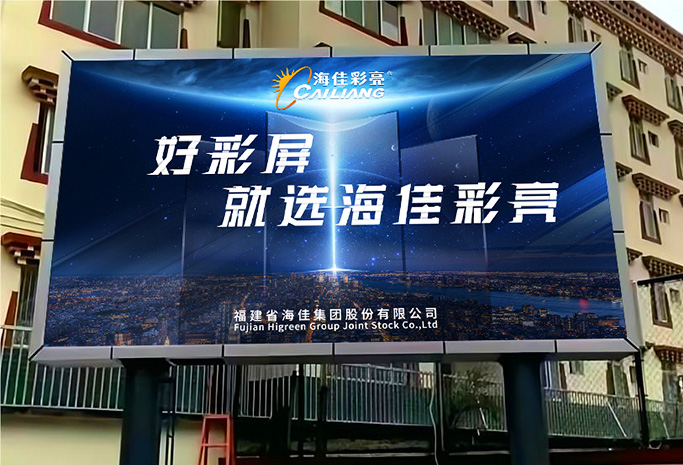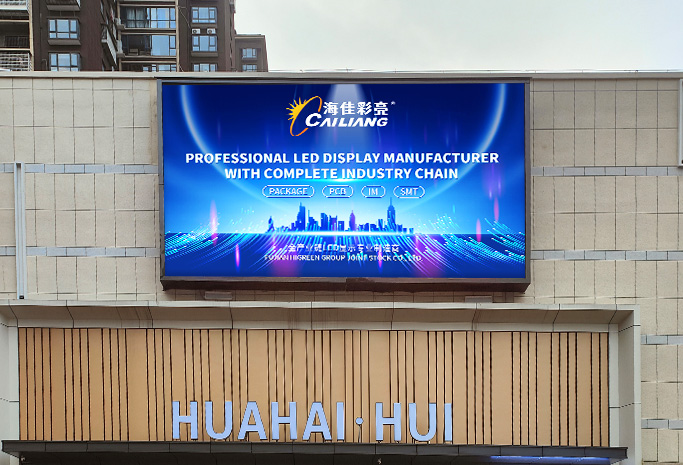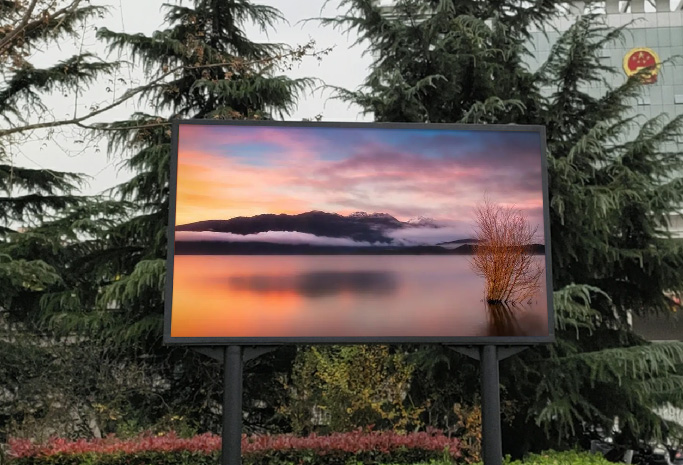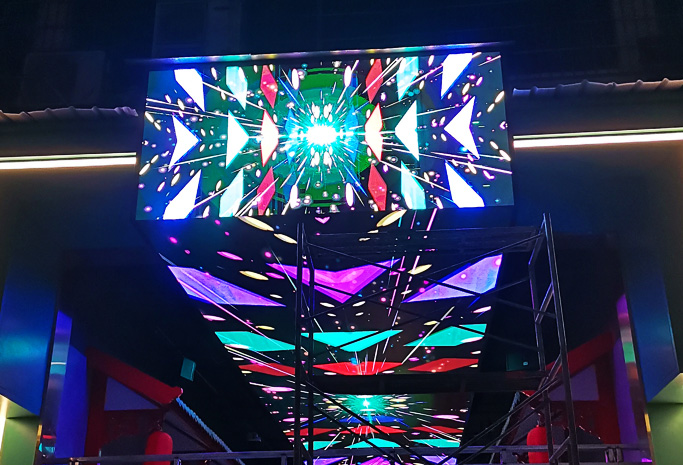Consumer expectations are always shifting and expanding along with technology. Customers want crisper, brighter, lighter, higher-quality, and less expensive to maintain LED screen displays for outdoor applications, just like they do for any other digital display. We have researched and compiled a list of the top 6 outdoor LED screen trends.

1. A Higher Resolution For The Screen Display
A big pixel pitch of 10 mm above is typical for outdoor LED screens. However, we are achieving fine pixel pitch as thin as 2.5mm, which is within the domain of indoor LED displays, thanks to sophisticated production techniques and a substantial R&D budget. This makes the visuals on an outdoor LED screen more detailed and visually crisper. While demanding the resilience and waterproofing capabilities of outdoor LED screens, such high-density outdoor LED screens open up new uses in spaces with tight viewing distances.

2. Complete Front Accessible
A service platform at the back is usually necessary for generic outdoor LED screens in order to provide easy maintenance and servicing. Because outdoor LED screen displays require rear servicing, there is a prevalent notion that they are heavy and unwieldy. On the other hand, front accessibility and thin display screen design are required for some applications. It is necessary in these situations to have an outdoor LED screen with complete front service functionality. An outdoor LED screen that is truly fully front accessible may have its LED module, switching power supply unit, and LED receiving card replaced from the front using basic hand tools. Consequently, the profile or thickness of an external LED screen that is accessible from the front can be as little as the thickness of the LED cabinet panel plus the single layer of the mounting bracket. The thickness of an outdoor LED screen that is entirely front accessible can range from 200 to 300 mm, but the thickness of an outdoor LED screen that is rear accessible can range from 750 to 900 mm.

3. Compact Style
Steel metal plate is used in traditional outdoor LED screens because it is inexpensive and easily customizable. The primary downside of utilizing steel is its weight, which makes it unsuitable for any application where weight is a factor, such cantilevers or outdoor LED screens that dangle. To sustain a large outdoor LED screen and further address the weight issue, a thicker and more robust structural design is needed. Thus, the use of lightweight materials like carbon fiber, magnesium alloy, and aluminum alloy is one of the main trends in outdoor LED screens. Of the three possibilities mentioned above, aluminum alloy is the most economical since it can save a significant amount of weight over steel and is less expensive than carbon fiber and magnesium alloy.
4. Fanless Function
Heat dissipation is improved over conventional steel material in outdoor LED screen designs by the significant use of aluminum alloy. This eliminates the fan-related mechanical problem associated with ventilation fans and permits fan-less design, which lowers energy consumption and noise levels. For applications that need quiet operation and environmentally friendly, sustainable design, an outdoor LED screen without a fan is appropriate. An outdoor LED screen’s ventilation fan is the sole moving or mechanical component, and it will eventually break down. An outdoor LED screen without a fan completely eliminates this possibility of failure.
5. Exceptional Resistance to Weather
The front display region of a conventional outdoor LED screen is rated IP65, whereas the back portion is rated IP43. The classic outdoor LED screen needs vents to be opened in order for the cooling ventilation fans to cool down the LED screen’s interior components, which accounts for the difference in IP rating. Dust collection within the outdoor LED screen cabinet is another issue that the active ventilation design inherits. To address these issues, some manufacturers advise installing an aluminum casing over the outdoor LED screen together with air conditioning. Because air conditioners and fans need to be serviced and maintained on a regular basis, this raises the carbon footprint and operating expenses. The Big Outdoor line of new outdoor LED screens is made entirely of aluminum LED modules, which allows for an IP66 rating on both the front and rear surfaces of the screen without the need for any mechanical parts. The aluminum enclosure with a heatsink design completely encloses the LED receiving card and switching power supply unit. This makes it possible to put the outdoor LED screen in any locati0n with challenging working conditions.

6. Reduced Maintenance and Operating Expenses
Following years of industry research for LED screens, a new technique called common-cathode LED driving has evolved that can cut energy usage by up to 50% when compared to common-anode LED driving. The process of providing power to each of the Red, Green, and Blue LED screen chips individually is referred to as the “common cathode.” This is particularly helpful for outdoor LED screens, which need a high power consumption in order to provide a high brightness output that allows for the visibility of pictures in direct sunlight.
Post time: Mar-26-2024







